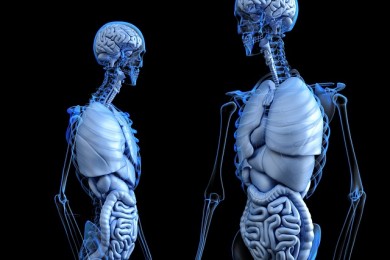
Researchers may have discovered a new, previously unrecognized “organ” that could be associated with the functions of other organs, tissues, and the mechanisms of cancer and other major diseases, according to a new report.1
As a result, the authors of the report are now proposing a revision of the anatomical concepts of the submucosa, dermis, fascia, and vascular adventitia.
Previously thought to be layers of dense, connective tissues below the skin’s surface, the potential new organ- the interstitium- is actually part of the submucosa and is a fluid-filled space.
This discovery was made through confocal laser endomicroscopy (pCLE) of the extrahepatic bile duct where, after fluorescein injection, researchers observed a reticular pattern within fluorescein-filled spaces with no known anatomical name or identification.
These spaces, which drain to lymph nodes and are supported by a strong network of collagen bundles, may play important roles in cancer metastasis, edema, fibrosis, and mechanical functioning of many or all tissues and organs.
“This finding has potential to drive dramatic advances in medicine, including the possibility that the direct sampling of interstitial fluid may become a powerful diagnostic tool,” said Neil Theise, MD, co-senior author of the report and professor in the Department of Pathology at New York University Langone Health.2
REFERENCE:
Benias PC, Wells RG, Sackey-Aboagye B, et al. Structure and distribution of an unrecognized interstitium in human tissues [Published online March 27, 2018]. Sci Rep. doi:10.1038/s41598-018-23062-6.
Researchers find new “organ” missed by gold standard methods for visualizing anatomy and disease [press release]. New York, NY. New York University Langone Health. March 27, 2018. https://www.prnewswire.com/news-releases/researchers-find-new-organ-missed-by-gold-standard-methods-for-visualizing-anatomy-and-disease-300620206.html. Accessed on March 28, 2018.